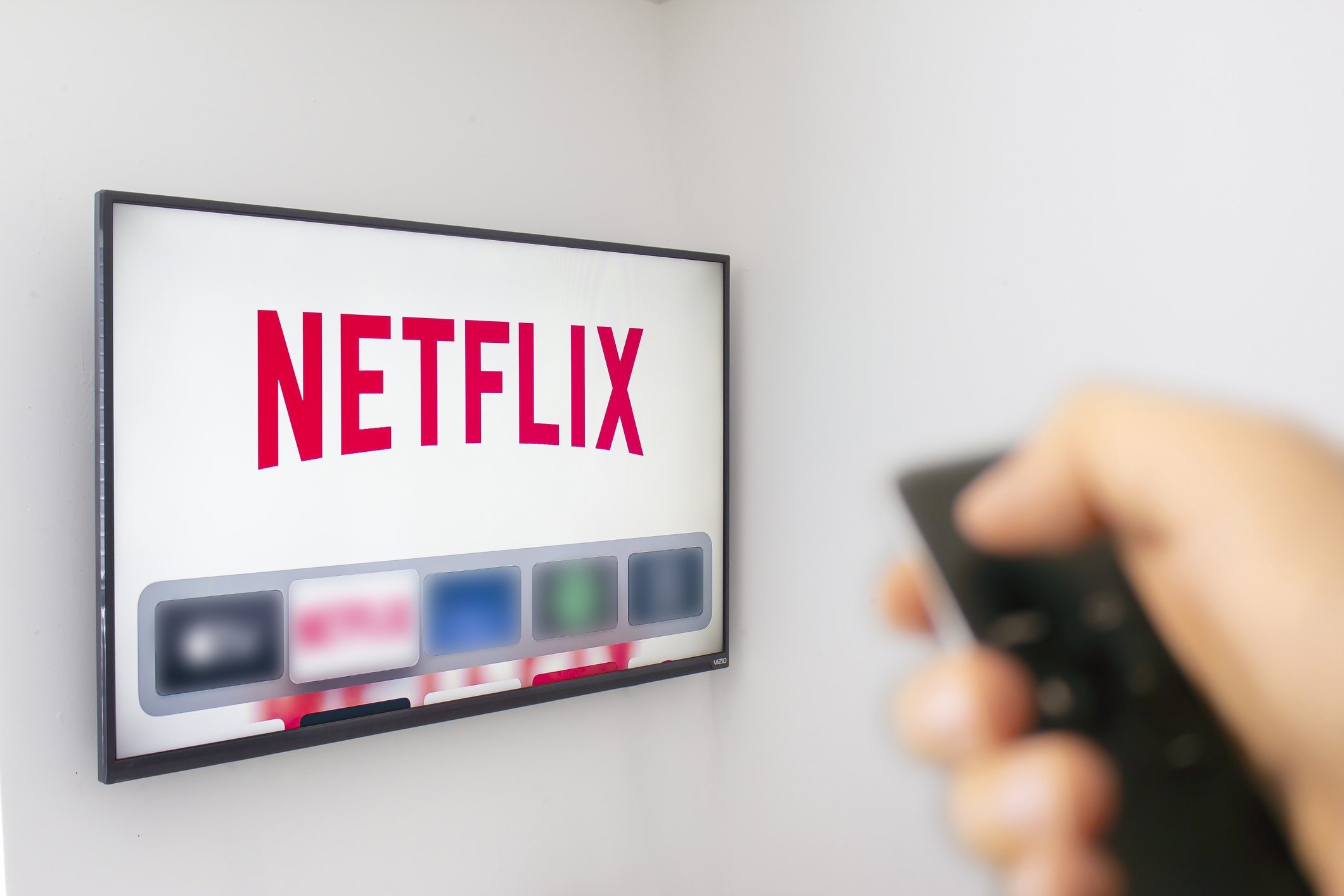Geofencing Series: Part 1
The first installment of the Geofencing Series will discuss sharing settings, capabilities, and adoption. All of these factors sharpen the application of geofencing with the growth of mobile popularity adding value by utilizing location as a key indicator of decision making behavior.
Location Sharing Settings
There must be a high confluence of technical, behavioral and timing factors before a user’s mobile device and apps are available to receive mobile programmatic advertising conducive to geofencing.
The catalyst before a single impression can be made available to programmatic inventory pools is based on the user’s initiative to download a compatible app where the geo location feature is activated.
Boston based Skyhook Wireless, who was the original Geolocation technology provider for the early iterations of the iPhone, conducted a study in Q4 of 2015 pegging the number of users who were comfortable sharing their geo-location with an app at 60% (depending on the app).
Out of those willing to share their geolocation with an app, the app must also contain capabilities to log and broadcast its location in the form of lat and long coordinates before a radius can be drawn for geofence targeting. Devices typically utilize a combination of GPS and WIFI signals to triangulate a user’s location with the former being the most accurate when there are unobstructed views to the sky. Mapping, social media “check-in” and weather apps are the most popular apps that utilize a device’s geolocation capabilities where users are most willing to share their locations.
App Capabilities
Beyond an app’s location sharing status, another important factor in determining mobile inventory availability is whether an app contains programmatic ad-serving capabilities. This is largely determined by the individual app developer and whether they have an SDK (software development kit) embedded within the app that will be conducive to serving mobile ads in a real-time bidding environment.
Currently in the Google Play App Store an app like ‘Words with Friends’ has 10 million – 50 million installs compared to the most popular contracting app ‘Joist’ which only has 100,000 – 500,000 (and is not ad-supported!). While an app that is geared towards contracting professional would be highly desirable for advertisers seeking pro contractors, in this case the most popular app in the category is not even available to programmatic advertising inventory pools.
Popular free apps with ad serving capabilities typically offer the most available impressions due to their cross-platform popularity. Niche apps that might fit an advertiser’s targeting criteria oftentimes don’t offer enough meaningful impressions to fill a typical campaign assuming it contains the prerequisite programmatic ad serving capabilities.
Mobile Adoption and Population Density
Lastly, population demographics and density of the target area will be the largest determining factor when it comes to mobile programmatic advertising inventory reach. As with traditional display advertising, geofencing campaigns tend to scale best in more densely populated areas. The difference with mobile is that the demographics of smartphone adopters tend to skew much younger than desktop. For example, the 18-29 age group saw an 83% smartphone adoption rate compared to 58% for the 50-64 age group according to the Pew Research Group in a Q4-2015 study on Technology Device Ownership in the U.S. Advertisers running geofencing campaigns should expect to see a healthy dose of students or new college graduates regardless of the location due to their proclivity to not only own smartphones in higher numbers but to also download the most mobile apps.
Next week, Part Two: Going over the Geofence explores an alternative targeting strategy when scale becomes a problem.








